Adel Fahmy talk about Dar wanis : After spending 17 years abroad in Germany and Western Africa, I came back to Egypt with no permanent residence. Living in the city of Cairo was rather difficult for its crowds, pollution and noise.
A friend invited me to visit her home by Lake Karoon in the Oasis of Fayoum, 130 Km from Cairo. The area was fabulous with its few traditional houses, silent green nature, fresh unpolluted air and the quit scene of the blue lake facing the big mountains on the other side. At the end of my visit, I decided to build my own house by the lake. I purchased 1750 m2 and started building using non-professional masons and even without tools. The next-door neighbor was a farmer who offered his assistance in return of teaching him the technique of traditional building.
The site was full of natural stones, that could be used in building and I applied the traditional old technique to dig then out. In a small hole in the stone, a long iron nail was inserted and by hammering it strongly, horizontal cracks would appear in the stones and then they could be removed by a long piece of metal. Again those big pieces could be divided into smaller stones with a heavy hammer. After a couple of days we had enough stones to start building the foundation.
For building the walls we used the clay “Tafla”, which was very solid and used in building the village’s houses. That material was easily found in the site, but the main problem was in finding the labor to produce around 80,000 bricks from the “Tafla’. The amazing thing was that we found a very strong woman in the next village along with her family who were ready to make those bricks. To make “Tafla” blocks, the following steps were undertaken:
1-Preparing the Tafla: Tafla to be washed several times with water to wash out the salt.
2-Stabilizing the Tafla: by adding straw and sand to Tafla and mixing it with enough water.
3-The fermentation process: the above mixture was left in the sun for 3 days to ferment.
4-Forming the bricks: the fermented mixture was molded in a wooden frame (25 x 12 x 6 cm) and bricks were made. Bricks were left around a week to dry in the sun.
That woman and her family could only make about 700 bricks per day. So we decided to prepare a bigger wooden frame (40 x 19 x 10cm) and production by those clocks increased to 900 – 1000 bricks per day. She arranged for another group of brick-makers and finally both groups produced around 3000 bricks per day.
After preparing the building materials, the second step was choosing the group of masons. There were no trained masons in the village. So, I decided to arrange a practical training to those interested in learning the skill of building.
With natural stones and cement we started building the foundation. After completing the foundations, walls were built with Tafla bricks and Tafla mortar.
The transportation of bricks to build the walls was not easy and required several people. So, I decided to buy a small wheelbarrow. That new technology turned the site upside down! Everyone was anxious to touch it, but only senior masons used it without giving a chance to the rest to do so. The wheelbarrow really solved the bricks’ transportation problem and work resumed easily and happily.
Both the foundations and walls were built with no real problems. But when we started building the first dome, the masons were hesitant and afraid to build a dome without shuttering.
I myself started building the pendentives in one corner and asked them to do the same in the other three corners. Then suddenly the square roof turned into a circular and again I started building the first ring of the dome and the masons followed. Gradually, the dome was built with great joy and satisfaction. For more fun, masons gathered over the dome and celebrations started.
After this first dome, visitors stopped by to watch the new event. The great achievement encouraged the masons to continue the rest of the house. Many friends from Cairo and abroad came and stayed in my house during their weekends and vacations.
Gina, a German friend, stayed for a long time in the house and on her departure, she named it: “The house of sun and wind”, and painted that name on clay walls. Accordingly, all our friends called our house the same.
Adel Fahmy is an Egyptian Architect, born in 1946 in South of Egypt.
Studied Architecture and got his Engineer Certificate from Hochschuele der Kunste, Berlin “High School of Fine Arts, Berlin” and got his Diplom Engineer Architect from Technische Universitat Berlin “Technical Berlin University, Germany”.
Worked in different projects in Austria and Germany in the Atelier of Prof. Carl Auboeck and Atelier Donau and Hofnagel .
Since 1980 and for more than 38 years, is working with national and international organizations in the field of appropriate technology, revival and improving of clay architecture in developmental projects in Senegal, Burkina Faso, Somalia, New Mexico United States, Egypt and in the Arab Region.
He is a member of ADAUA group in West Africa and an international expert (UN) in training of local masons, improving available natural building material clay, applying sustainable environmental architecture and community participation projects.
Guest Professor and lecturer in different international universities and seminars on the subject of “Clay Architecture between Tradition and Innovation”
Prof. Dipl. Ing. Architect Adel Fahmy is a Professor of Vernacular Architecture at MSA (Modern Science and Arts University) – Egypt.
DAR WANIS THE HOUSE OF SUN AND WINDTUNIS VILLAGE FAYOUM EGYPT

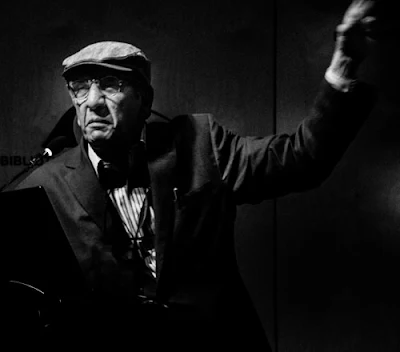

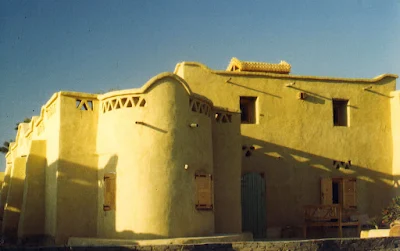


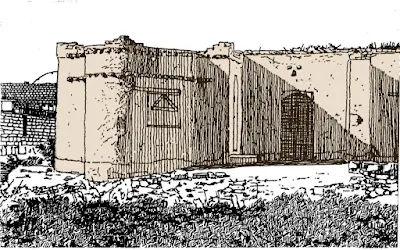
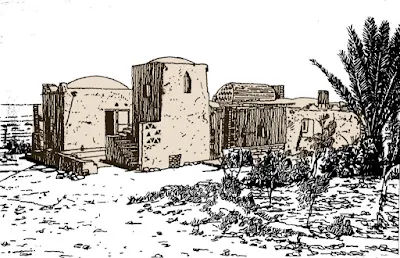



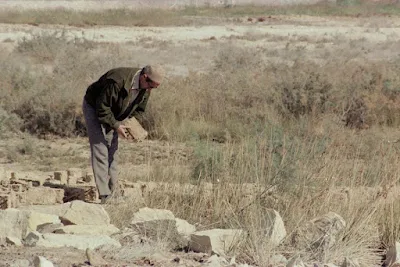

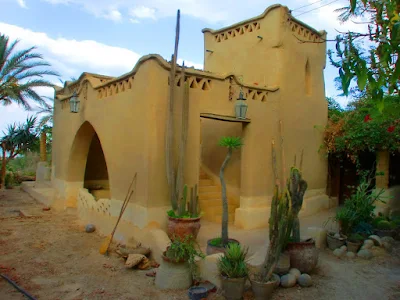



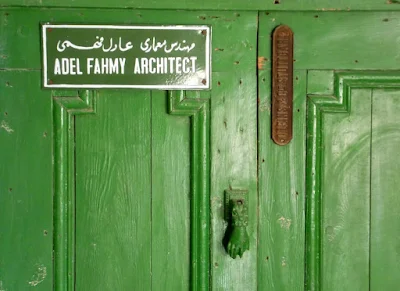

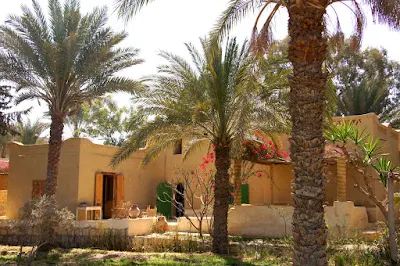
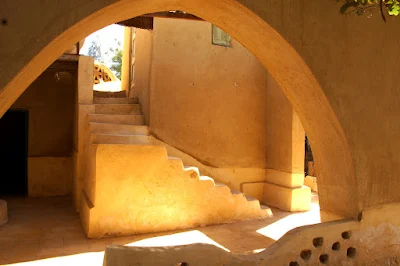

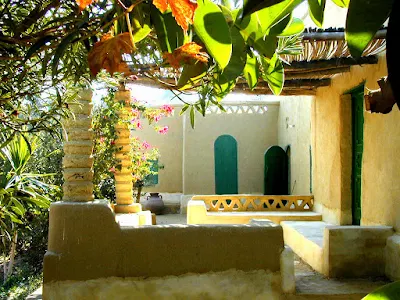

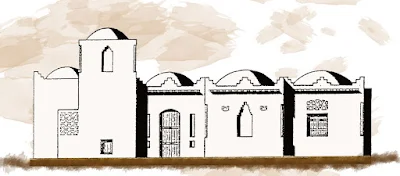





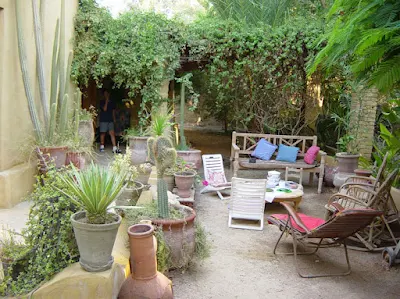

No comments:
Post a Comment